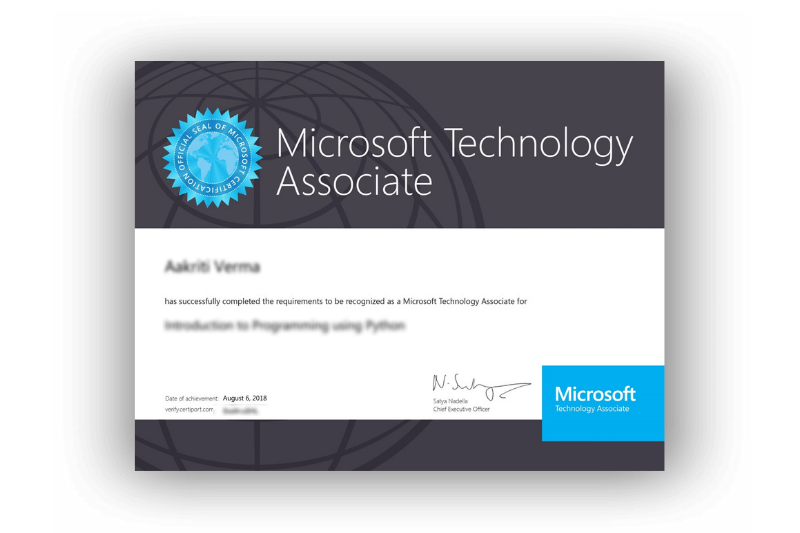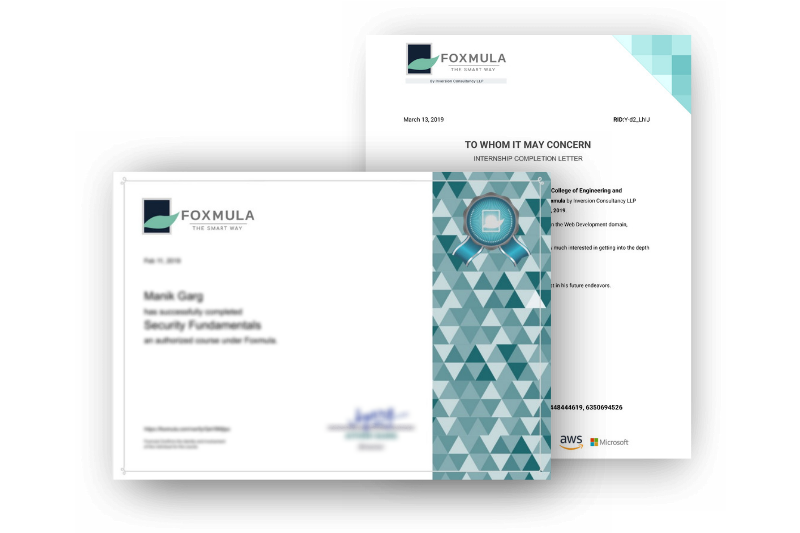Deep Learning using TensorFlow
Description
Foxmula’s Deep Learning in TensorFlow course has been designed by industry experts
as per the requirements and demands of the industry. This course takes a pragmatic
approach to deep learning for professionals active as software developers. During
the course, you will learn to build deep learning applications using the TensorFlow.
Further, you will get first-hand experience for developing your own highly
sophisticated art image classifiers along with other models of deep learning.
The TensorFlow program from us will enable you to learn the fundamental concepts of
TensorFlow, its primary functions, about its operations and the execution pipeline.
During the duration of the course, you will witness how TensorFlow can be utilized
in regression, classification, curve fitting, as well as in minimization of error
functions.
Further, you will also be trained to utilize your TensorFlow Models in real world on
different mobile devices, in the browsers as well as in the cloud. Lastly, you will
learn to use algorithms and advanced techniques to work with datasets of large
amount. Upon the completion of the course, you will develop skills and aptitude
required to develop your own AI applications.
Course Content –
- What is Machine learning
- Introduction to neural networks
- Basics of Tensor Flow
- Convolutional Neural Network
- Auto Encoders
- Recurrent Neural Networks
What You will Learn during the Course -
- Explain fundamental concepts of TensorFlow such as the main functions, operations as well as the execution pipelines.
- Implementing TensorFlow for classifying the Image using Convolutional Neural Networks
- Learn to create Generative Adversarial Networks using TensorFlow
- Make use of TensorFlow for Classification and Regression Tasks
- Use TensorFlow technique for Time Series Analysis with Recurrent Neural Networks
- Use TensorFlow for the purpose of solving Unsupervised Learning issues using the AutoEncoders
-
Training
1 month Training, 1 Year access, Industry-Oriented, Self-Paced.
-
Certification
Small & basic Objective MCQ type online exams. MTA & Foxmula Certification.
-
Internship
45 days Internship Completion letter post project submission on our GitLab. Projects are Industrial, Small and based on your training.
-
1 year of Live Sessions by Experts
Be a part of interactive webinars every weekend, by experts on cutting edge topics.


How It Works
Curriculum
-
Created by the Google Brain team, TensorFlow is an open source
library for numerical computation and large-scale machine
learning. TensorFlow bundles together a slew of machine learning
and deep learning (aka neural networking) models and algorithms
and makes them useful by way of a common metaphor. TensorFlow is
the most famous library used in production for deep learning
models.
-
Machine learning uses algorithms to parse data, learn from that
data, and make informed decisions based on what it has learned.
Deep learning structures algorithms in layers to create an
“artificial neural network” that can learn and make intelligent
decisions on its own.
-
In machine learning, the perceptron is an algorithm for
supervised learning of binary classifiers. A binary classifier
is a function which can decide whether or not an input,
represented by a vector of numbers, belongs to some specific
class.
-
In deep learning, a convolutional neural network (CNN, or
ConvNet) is a class of deep neural networks, most commonly
applied to analyzing visual imagery. CNNs use a variation of
multilayer perceptrons designed to require minimal pre
processing.
-
A recurrent neural network (RNN) is a class of artificial neural
network where connections between nodes form a directed graph
along a sequence. This allows it to exhibit temporal dynamic
behavior for a time sequence. Unlike feed forward neural
networks, RNNs can use their internal state (memory) to process
sequences of inputs.
-
A restricted Boltzmann machine (RBM) is a generative stochastic
artificial neural network that can learn a probability
distribution over its set of inputs. RBMs were initially
invented under the name Harmonium by Paul Smolensky in 1986, and
rose to prominence after Geoffrey Hinton and collaborators
invented fast learning algorithms for them in the mid-2000.
-
An autoencoder is a neural network that has three layers: an
input layer, a hidden (encoding) layer, and a decoding layer.
The network is trained to reconstruct its inputs, which forces
the hidden layer to try to learn good representations of the
inputs.



